Outdoor Exhibition
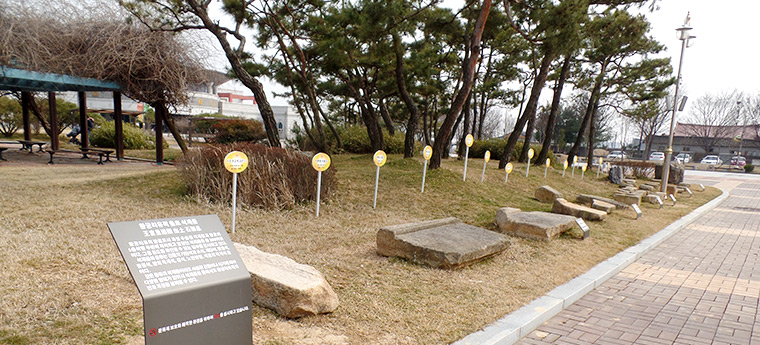
A total of 200 stone artifacts were excavated during the excavation work at the Archaeological Site in Wanggung-ri and around Wangung-ri 5-Story Stone Pagoda. Some of 200 stones are displayed and their applications are identified. The stone artifacts include the stylobate, foundation, step stones, wall stones, garden stones, roof stones of a pagoda, cover stones, base support stones and roof stones of stone lanterns. The history of change at the Archaeological Site in Wanggung-ri can also be examined using the stone items because even the stone items in the same category have different shapes depending on the buildings where they were used or periods.
- Stylobate
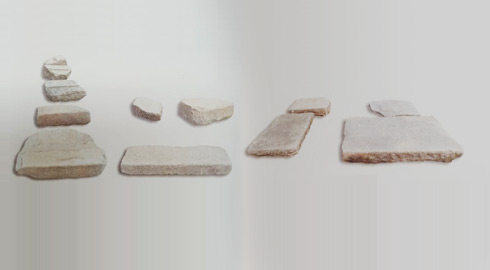
- The stylobate is the stone material that forms the foundation of a structure. The foundation stone, facade stone and cover stone have been collected. It was not identified in which structure they were used because they were collected separately from other artifacts during the excavation work. It is estimated that the stylobate was used in several buildings depending on periods because of the diverse sizes and shapes found.
- Foundation
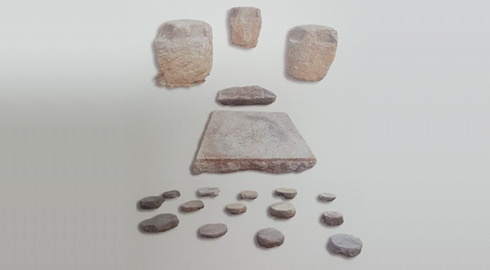
- The foundation is the stone material that distributes the load from a structure through a pole to the stylobate. The foundation is mainly rectangular or round in shape and made of granite. It is classified into various shapes depending on the presence of the base stones. The tall foundation stone with a groove where the lintel was extended at the top along with the rectangular foundation stone (base rock) has a unique shape found only in Iksan during the late Baekje period when considering the structure, in which the foundation is over the base rock similar to that found in Geumdangji of the Mireuksa Temple Site.
- Boundary Wall Stone
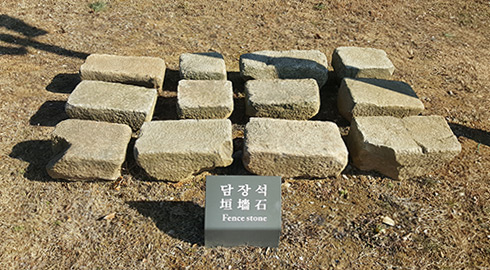
- The boundary wall stone formed the external side of the wall surrounding the royal palace in a rectangular shape at the Archaeological Site in Wanggung-ri. It was separated from the wall and collected. The wall stone includes paving stones that are 25cm high and 30cm long and rectangular stones that are 47cm to 56cm long. The piling of wall stones may vary depending on the location of the walls.
- Garden Stone
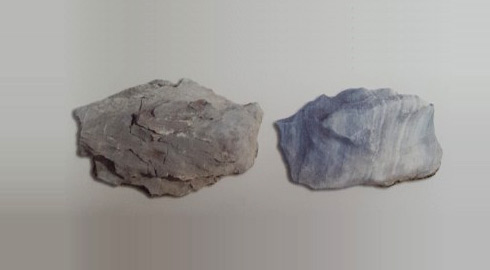
- Garden stone was collected during the excavation work on the garden in the late stage of the excavation.
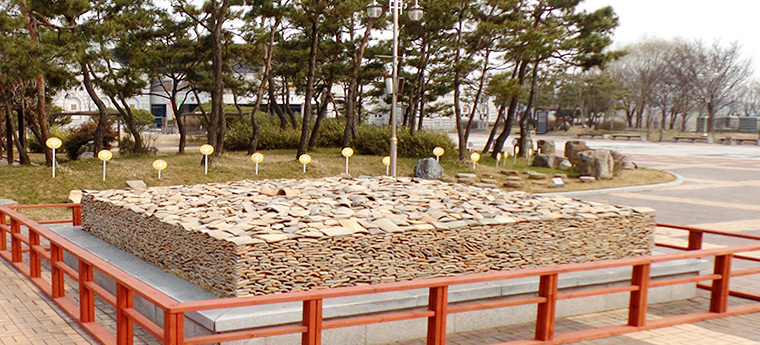
About 300,000 roof tiles were found during the excavation work at Archaeological Site in Wanggung-ri. Roof tiles were the artifacts that were most commonly found. Some of these roof tiles are displayed as educational materials. The roof tiles were used on the roofs of royal palace buildings, temples and boundary walls at the Archaeological Site in Wanggung-ri. The roof tiles are important artifacts to determine the periods of historic sites because mud, manufacturing methods and patterns vary depending on period along with eave tiles.
- Cover Stone of Foundation
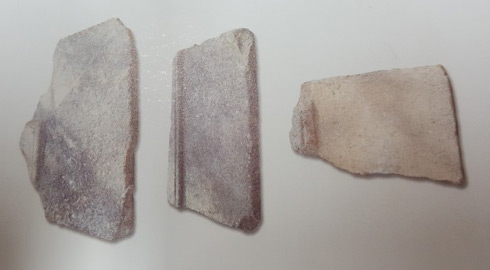
- Three cover stones of the foundation were exposed near the Wanggung-ri 5-Story Stone Pagoda along with the base rock before excavation work started. It seemed that the cover stones were replaced with new stones during the dismantling and maintenance of the stone pagoda in 1964. The inside of the cover stone is indented to be put on the main body of the pagoda. The intaglio line was drawn around the inside.
- Support for the Base of a Pagoda Finial
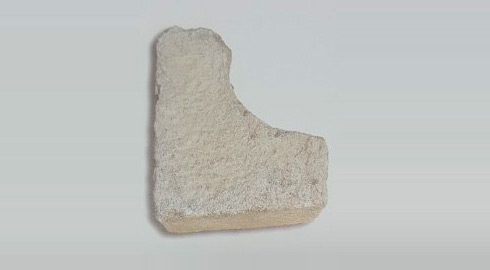
- The stone support was put under the base between the main body and the finial of the stone pagoda. About a quarter of the stone support remains. It was found during the excavation work on the southeastern area of the 5-Story Stone Pagoda.
- Roof Stone
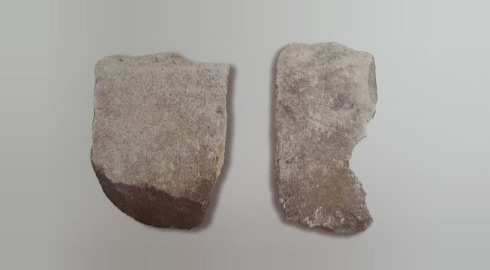
- three roof stone pieces of the stone pagoda collected on the site were severely damaged so that only their shapes can be identified.


